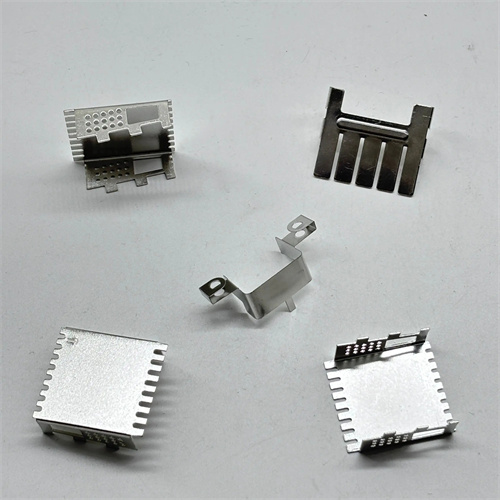Copper alloy seamless pipes for seawater desalination equipment
Copper alloy seamless pipes for seawater desalination systems are used for heat transfer and transportation in desalination systems. Due to their excellent seawater corrosion resistance, good thermal conductivity, and processability, copper alloy plays a vital role in desalination systems such as reverse osmosis and multi-effect distillation. These pipes typically have an outer diameter of 10-100 mm and a wall thickness of 1-5 mm. Materials include naval brass (HSn70-1), aluminum bronze (QAl9-4), and cupronickel (BFe10-1-1). Cupronickel is the most popular material due to its outstanding seawater corrosion resistance. With a nickel content of 10%-30%, it effectively resists electrochemical corrosion and biofouling in seawater.
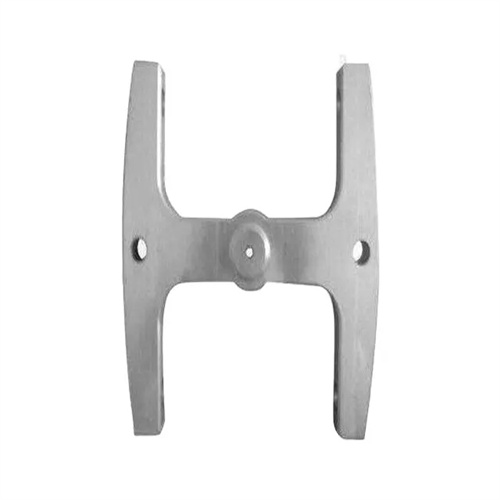
The production process for copper alloy seamless pipes used in desalination plants requires precision processes including alloy smelting, ingot casting, hot extrusion, cold rolling (cold drawing), annealing, and finishing. First, high-purity copper, nickel, tin, and aluminum are smelted in an industrial frequency induction furnace according to the alloy composition requirements. For naval brass, the tin content is controlled at 0.8%-1.3%, for cupronickel, the nickel content is controlled at 9%-11%, and the iron content is controlled at 0.8%-1.5%. The smelting temperature is 1100-1200°C. Electromagnetic stirring is used to homogenize the composition, and a deoxidizer is added to remove gases and ensure the ingot is free of porosity and inclusions. A semi-continuous casting process is used to produce round ingots with diameters of 80-200 mm. The cooling rate is controlled at 50-100°C/minute to prevent compositional segregation. During hot extrusion, the ingots are heated to 700-900°C (depending on the alloy type) and extruded through an extrusion die into rough pipe in one go. The extrusion ratio is controlled at 8-15 to ensure a smooth, scale-free inner surface. Cold rolling or cold drawing is a key process for producing high-precision tubing. Multiple passes are used to gradually reduce the diameter and wall thickness, with deformation controlled at 10%-20% per pass. Specialized lubricants are used for cooling and lubrication to ensure an outer diameter tolerance of ≤±0.1 mm, a wall thickness tolerance of ≤±0.05 mm, and an inner wall roughness Ra ≤1.6 μm. Annealing is performed under inert gas at 500-600°C for naval brass and 650-750°C for cupronickel for 1-2 hours. This reduces the tubing’s hardness to HV80-120 and achieves an elongation of ≥25%, meeting bending and welding requirements. Finally, hydrostatic testing (test pressure ≥2 MPa), eddy current testing, and surface treatment are performed to ensure the absence of leaks and defects.
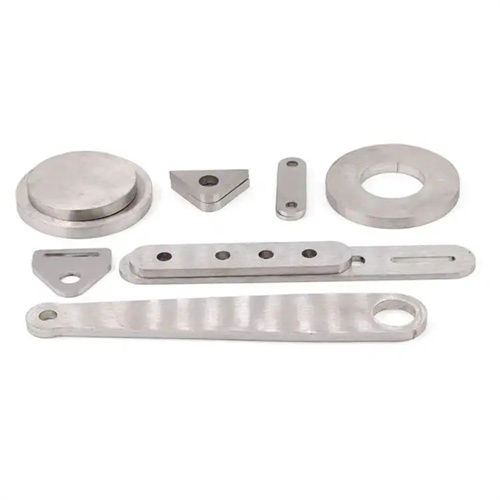
The performance advantages of copper alloy seamless pipes for desalination plants ensure their exceptional performance in seawater environments. First, they offer excellent seawater corrosion resistance. The annual corrosion rate of cupronickel in seawater is ≤ 0.01mm , significantly lower than that of carbon steel ( 0.5-1mm/ year) and ordinary brass ( 0.1-0.3mm/ year). They resist uniform corrosion, pitting, and stress corrosion in seawater. Second, they exhibit excellent biofouling resistance. The copper alloy releases a small amount of copper ions on its surface, inhibiting the attachment of marine organisms (such as shellfish and algae), reducing pipe blockage and extending maintenance intervals to 1-2 years. Third, they offer excellent thermal conductivity. Admiralty brass has a thermal conductivity of ≥ 100W/(m・K) , while cupronickel has a thermal conductivity of ≥ 50W/(m・K) . , it can efficiently transfer heat in the heat transfer tubes of the multi-effect distillation device and improve the desalination efficiency; fourthly, it has higher mechanical properties, the tensile strength of aluminum bronze is ≥500MPa, and can withstand the pressure (usually 0.5-2MPa) and water flow impact during seawater transportation; fifthly, it has good processing and welding performance, and can be bent, flared and other processing, with the minimum bending radius being 3 times the pipe diameter. When using argon arc welding, the weld strength is ≥90% of the parent material.
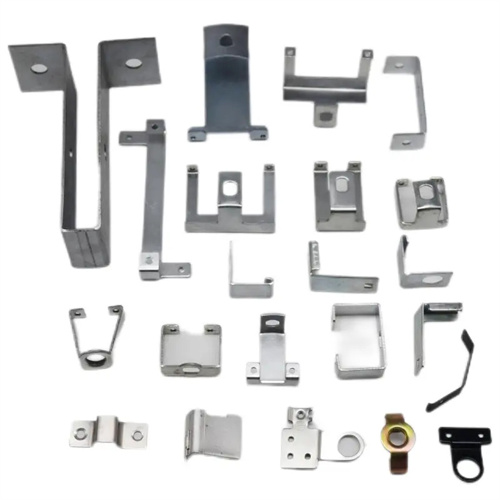
In various applications, copper alloy seamless pipes for seawater desalination plants are a key material in these systems. In reverse osmosis desalination plants, the pretreatment system’s seawater delivery piping and high-pressure pump outlet piping utilize seamless copper alloy pipes with diameters ranging from 20-50 mm to resist corrosion during the seawater pretreatment stage. In multiple-effect distillation units, the heat transfer tube bundles utilize extensive use of naval brass or seamless copper alloy pipes with diameters ranging from 15-30 mm and wall thicknesses of 1-2 mm, serving as the core heat transfer components of the evaporator. In seawater cooling systems, coastal power plants and chemical plants utilize seamless aluminum bronze pipes with diameters ranging from 50-100 mm to withstand the erosion and corrosion of high-velocity seawater. In marine desalination systems, small-diameter seamless copper alloy pipes with diameters ranging from 10-20 mm are used for desalination equipment on ocean-going vessels, balancing corrosion resistance and lightweight design. In island water supply systems, the pipelines from the water intake point to the desalination plant utilize seamless copper alloy pipes, laid underground or underwater, to resist long-term corrosion from seawater and soil.
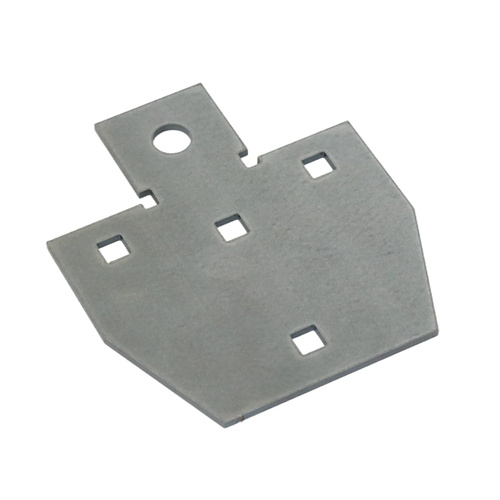
Industry trends indicate that copper alloy seamless pipes for desalination plants are moving toward high corrosion resistance, high performance, and low cost. The development and application of new corrosion-resistant copper alloys (such as chromium-coated white copper and nickel-aluminum bronze) have improved mechanical properties by over 20% while maintaining corrosion resistance. Surface modification techniques (such as electropolishing and coating) have further reduced biofouling by over 50%, reducing maintenance costs. Breakthroughs in thin-wall production technology have enabled wall thickness reductions of 10%-20% while maintaining strength, reducing material consumption and costs. The promotion of intelligent production, employing online composition analysis and dimensional testing, ensures consistent product performance. Advances in recycling technology have increased the recovery rate of copper alloy scrap to over 95%, reducing reliance on virgin copper. In the future, as global water scarcity intensifies, the desalination industry will experience rapid growth, and demand for high-performance copper alloy seamless pipes will continue to grow, driving the industry to achieve greater breakthroughs in material innovation and process optimization.
